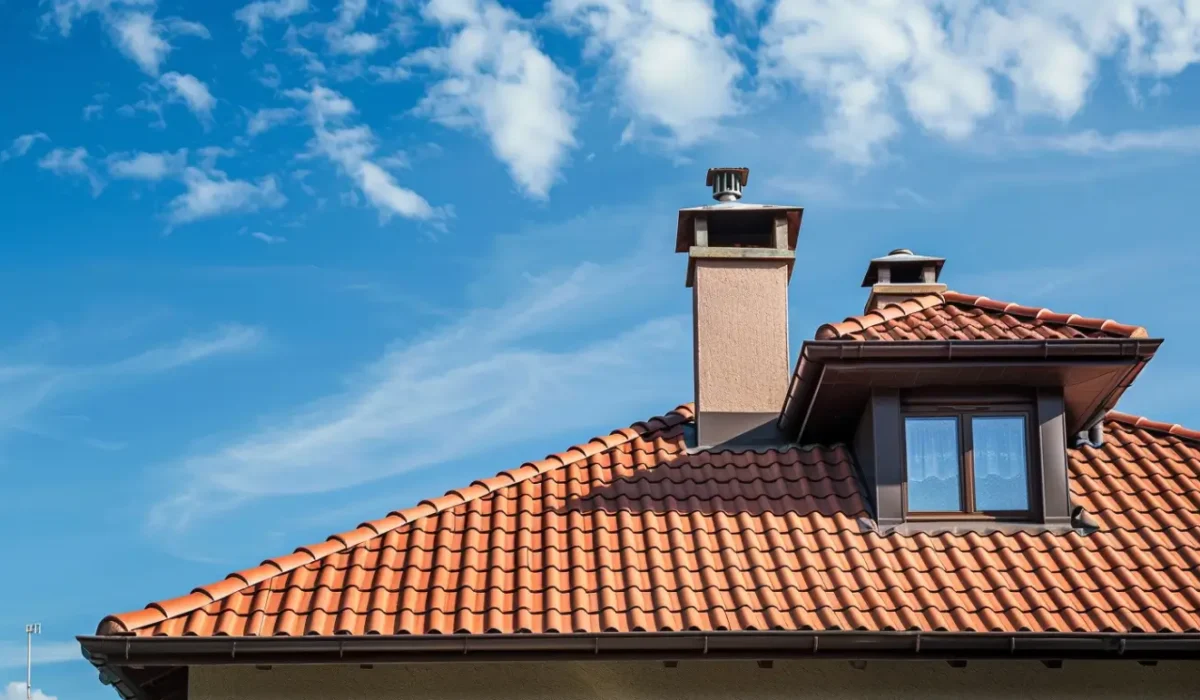Roof ventilation is often the unsung hero of commercial building performance. While roofing materials and flashing systems receive most of the attention, what happens beneath the surface plays an equally critical role. In Durham, NC, where hot summers, heavy rainfall, and occasional winter freezes stress roofing systems year-round, proper roof ventilation can be the key to longevity, energy efficiency, and moisture control.
Whether you own a retail space, office building, or industrial facility, understanding how ventilation affects your roof can help you avoid major issues—and make smarter investments in your property.
What Is Roof Ventilation?
Roof ventilation is the process of allowing continuous airflow through the attic or roof assembly. It works by drawing in cooler air through intake vents (typically at the roof’s edge) and pushing out hot, moist air through exhaust vents near the roof ridge or high points.
On commercial flat roofs, ventilation may be integrated into mechanical systems, rooftop units, or through passive vent structures. Regardless of the system, the goal is the same: maintain balanced air circulation to protect the roof’s interior and structural layers.
Why Ventilation Matters in Commercial Roofing
1. Controls Moisture Buildup
Without ventilation, heat and humidity build up beneath the roof membrane, leading to condensation. This trapped moisture can saturate insulation, corrode fasteners, and foster mold growth—all without a single drop of rain entering from the outside.
Proper ventilation allows moist air to escape, reducing the risk of interior water damage and roof degradation.
2. Extends Roof Lifespan
High attic or under-deck temperatures can “cook” your roof from the inside. Over time, excessive heat accelerates membrane deterioration, warps decking, and weakens adhesives. By regulating temperature, ventilation reduces thermal stress and extends the useful life of the roof.
3. Improves Energy Efficiency
In warm climates like Durham’s, unventilated roofing systems trap heat, forcing HVAC units to work harder. This results in higher utility bills and reduced occupant comfort. Ventilation helps maintain a more stable building envelope, lowering cooling costs and enhancing overall efficiency.
4. Enhances Indoor Air Quality
Ventilation contributes to better air circulation inside the building, especially in commercial spaces where exhaust systems and rooftop HVAC units interact with the roofing structure. Eliminating stagnant air and excess humidity helps improve indoor conditions for tenants and staff.
What Happens Without Proper Ventilation?
- Condensation inside insulation and on roof decking
- Accelerated aging of roofing materials
- Increased risk of ice dams in winter (for sloped systems)
- Peeling paint and warped ceilings inside the structure
- Void warranties on certain roofing systems that require adequate ventilation
The consequences of poor ventilation build up slowly—but the costs of correcting damage from years of trapped moisture can be massive.
How to Know If Your Roof Is Properly Ventilated
A certified contractor like Rhino Roofing can evaluate your commercial roofing system’s ventilation strategy and determine whether adjustments are needed. Serving Durham, NC, Rhino Roofing offers detailed inspections that account for insulation type, roof structure, and climate-specific needs.
They’ll identify blockages, improperly placed vents, and signs of internal moisture that may be invisible to the naked eye.
Upgrades That Make a Difference
If your building lacks proper ventilation, Rhino Roofing can recommend and install improvements such as:
- Intake and exhaust vent systems tailored to flat or low-slope roofs
- Insulation upgrades that work in conjunction with airflow
- Cool roof coatings that reduce heat absorption on the exterior
Their work is supported by high-quality materials from CertainTeed, GAF, and Owens Corning, all of which design their systems to function with optimal airflow in mind.
Don’t Overlook This Critical Roofing Element
Roofing is about more than just waterproofing—it’s about balance. And ventilation is a key component of that balance. If your roof feels like it’s aging faster than expected or you’ve had recurring interior moisture problems, inadequate ventilation may be the hidden culprit.
Read also our blog: Roof Flashing: What Is It and Why It Should Be Installed.



